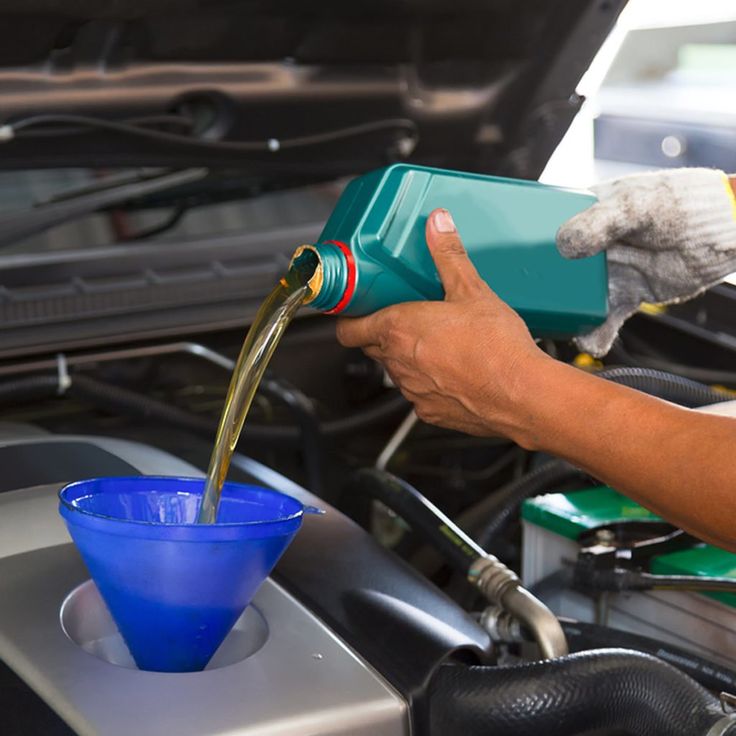Car care is riddled with myths that have been passed down through generations, some of which could be doing more harm than good to your vehicle. These misconceptions can lead to unnecessary expenses, wasted time, or even damage to your car. In this article, we’ll break down the most common false beliefs about car maintenance and set the record straight, so you can take better care of your vehicle with confidence.
1. You Must Change Your Oil Every 3,000 Miles
This is one of the oldest myths in car care. While it may have been true decades ago, advancements in engine technology and oil formulations mean most modern cars can go 5,000 to 7,500 miles—or even longer—before needing an oil change. Some synthetic oils and newer models can stretch oil changes to 10,000 miles or more. Always check your owner’s manual for the manufacturer’s specific recommendation, as sticking to this guideline can save you money and reduce waste.
2. Premium Fuel Is Better for Your Engine
Unless your car specifically requires premium fuel (as stated in your manual), using it offers no extra benefits. Premium fuel is formulated for high-performance engines that require higher octane levels to prevent knocking or pre-ignition. For most vehicles, regular fuel is perfectly sufficient and will not harm the engine. Using premium fuel when it’s not needed is essentially throwing money away.
3. Warm Up Your Engine Before Driving in Winter
While this might have been necessary for older carbureted engines, modern cars with electronic fuel injection are designed to drive immediately. Letting your car idle for long periods wastes fuel and increases engine wear. Instead, start your car, let it idle for 30 seconds to a minute, and drive gently until the engine warms up to its optimal operating temperature. This approach is better for both your car and the environment.
4. Washing Your Car at Home Saves Money
While washing your car at home might seem like a cost-saving move, it can often lead to unintended consequences. DIY car washes typically use more water than commercial car washes, which are designed to be water-efficient. Additionally, using improper tools, such as dish soap or abrasive sponges, can strip the paint’s protective coating and cause micro-scratches. Professional car washes use specialized products and equipment that are safer for your car’s finish, and many now use environmentally friendly practices.
5. A Clean Car Doesn’t Need Waxing
Waxing isn’t just about making your car shiny; it provides a protective layer against harmful elements like UV rays, road salt, bird droppings, and dirt. A good coat of wax acts as a barrier between your car’s paint and the environment, helping to prevent fading, oxidation, and rust. Regular waxing, typically every three to four months, can extend the life of your car’s paint and save you money on costly repairs in the long run.
6. Overinflating Tires Improves Fuel Economy
While slightly higher tire pressure can reduce rolling resistance and potentially improve fuel economy, overinflating tires comes with significant downsides. It can lead to uneven tread wear, reduced grip, and a harsher ride. Overinflated tires are also more prone to damage from potholes or debris. Always stick to the recommended tire pressure listed in your car’s manual or the sticker inside the driver’s door for optimal performance and safety.
7. You Need to Service Your Car at the Dealership to Keep Your Warranty
This is a common misconception. According to the Magnuson-Moss Warranty Act, as long as you follow the manufacturer’s maintenance schedule and keep records of the work done, independent mechanics or even DIY repairs will not void your warranty. However, it’s crucial to use parts and fluids that meet the manufacturer’s specifications. This gives you the flexibility to shop around for the best prices and services.
8. Brake Pads Only Need to Be Replaced When They’re Squeaking
Many people believe that squeaking is the only indicator of worn brake pads, but this isn’t always the case. Brake pads can wear down silently, and waiting too long to replace them can damage your rotors, leading to more expensive repairs. Regular inspections by a trusted mechanic are the best way to ensure your braking system remains in top condition.
9. Air Conditioning Reduces Fuel Economy Drastically
While it’s true that air conditioning (A/C) uses energy, the impact on fuel economy is often exaggerated. In modern cars, the A/C system is more efficient than in older models, and the fuel consumption difference is typically minimal. Additionally, driving with the windows down at high speeds creates aerodynamic drag, which can reduce fuel efficiency more than using the A/C. Use your A/C wisely, and don’t hesitate to stay comfortable on hot days.
10. High-Mileage Cars Are Always on Their Last Legs
Many people shy away from high-mileage vehicles, believing they are ticking time bombs. However, modern cars are built to last longer than ever before. With proper maintenance and care, a well-maintained vehicle can easily surpass 200,000 miles. The key is a thorough inspection before purchase and a consistent maintenance routine after buying.
11. Bigger Cars Are Always Safer
While larger vehicles like SUVs and trucks can offer more protection in certain crash scenarios, they are not automatically safer than smaller cars. Factors like advanced safety features, crash-test ratings, and driver behavior play a significant role in overall safety. Modern small and midsize cars often come equipped with cutting-edge safety technology that can outperform larger vehicles in crash tests.
Believing in car care myths can lead to wasted money, time, and even safety risks. By debunking these common misconceptions, you’ll be better equipped to take care of your car and make informed decisions. Always rely on credible sources, your owner’s manual, and trusted mechanics to guide your vehicle maintenance practices. Your car—and your wallet—will thank you!
